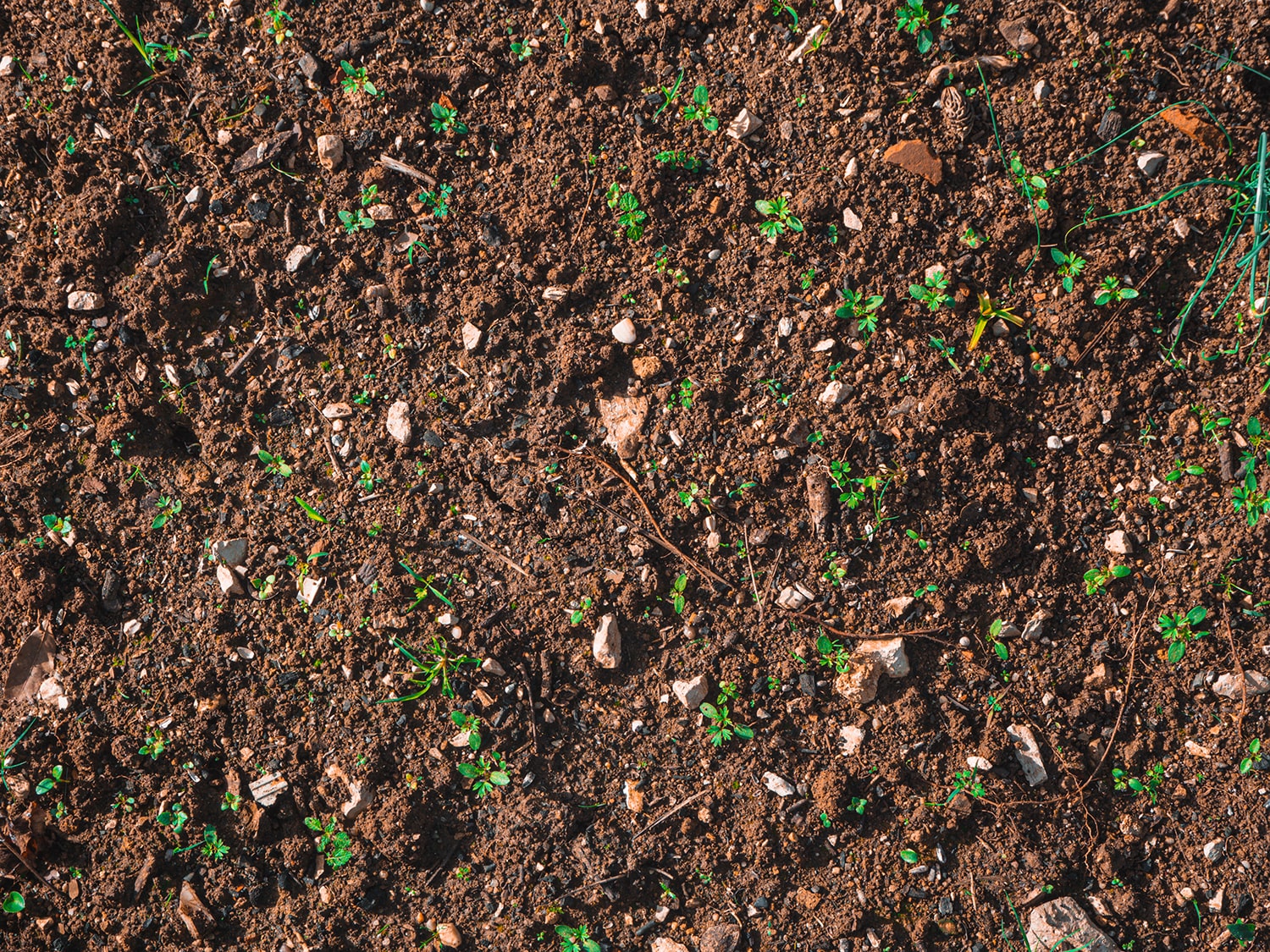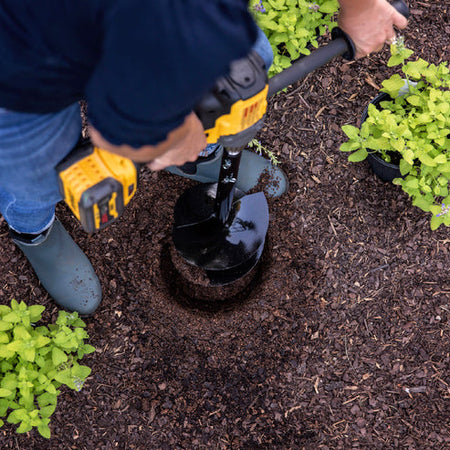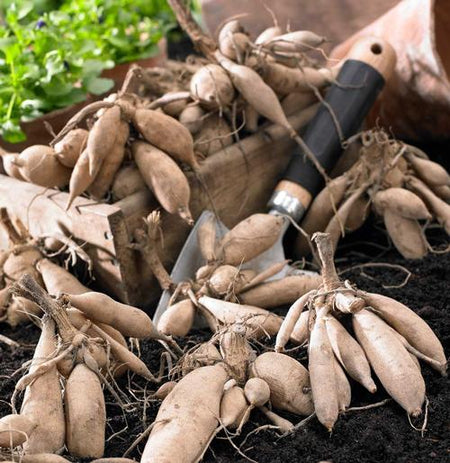Gardening is perhaps one of the most relaxing activities anyone can experience. To make it even more enjoyable, gardeners can bring the flowers, fruits and vegetables they grow into their homes and share them with friends and neighbors.
Don’t let common gardening myths keep you from enjoying this stress-reducing hobby. Here’s the truth about gardening.
Myth #1: Gardening requires a lot of land.
Gardening can take up as much or as little land as you like. Gardens are always works in progress, so begin by creating a garden plot that is smaller than you want. Spend your first year learning which plants do well in your part of the world. If space allows, enlarge the garden next year.
Apartment dwellers without land of their own can still grow flowers and vegetables in containers on patios and balconies. Use a garden pot or plastic tote, line the bottom with rocks of various sizes for drainage, and fill the container halfway with garden soil. Then, plant seeds or established plants.
If you don’t have a large footprint of space with which to work, a vertical garden could be a great solution. Vertical gardens incorporate the use of wall space to grow plants and flowers. Vining plants, such as string beans and clematis, are well-suited for vertical gardens. Situate your containers or vertical garden where it can receive full sun at least part of the day.
Myth #2: Gardening is stressful.
There may be moments when gardening might be stressful, but these are typically few and far between. There are many more moments while gardening that can inspire feelings of relaxation and peace. Being outside in the sunshine, smelling the fragrances of flowers, enjoying the sights and sounds of birds, and seeing the beautiful results of a garden can encourage the brain to release dopamine — the “feel-good hormone” — and serotonin, which is a natural antidepressant.
Myth #3: Gardening requires a lot of work.
One of the many nice things about plants — especially native perennials — is that they often grow whether anyone pays attention to them or not. When deciding what to grow, research plants that are indigenous to your area. Native plants do well with the amount of sunshine and rain that occurs naturally in their home territories.
Myth #4: Gardening is expensive.
This might be true if you decided to landscape your entire back yard or start a farm-to-table business, but building a simple garden for your own pleasure doesn’t have to be expensive. In fact, if you’re looking for free plants and bulbs to start a garden, check with your local library or online neighborhood newsgroup for plant exchange groups. Garden exchanges are groups of people who gather to swap their extra bulbs, tubers and seeds. You never know — you could end up with all the supplies you need for free!
Myth #5: Gardening is hard on the body.
When you work in a garden on a sunny day, you are exposed to vitamin D that can help your body produce calcium and create strong, healthy bones — but be sure to wear sunscreen. Additionally, a regular amount of low-impact physical activity each day can be beneficial, especially for anyone with arthritis. If you feel aches and pains after a few hours in your garden, take advantage of tools that can help make the tasks easier, such as garden stools and garden augers.
Myth #6: Gardening requires the use of messy pesticides.
A healthy garden should contain beneficial insects. Many insects act as pollinators as they move from plant to plant. Birds and other wildlife also feed on these insects, which are a vital part of the food chain. If you notice a harmful insect on your plants, you might only need a spritz of soapy water from a spray bottle to flush it away.
Myth #7: Gardening is difficult.
With the right tools, gardening can be easy.- Gardening gloves help protect your hands from insect stings, blisters and sunburn.
- A wide-brimmed hat can help keep the sun off your face and neck.
- Gardening shoes keep your feet dry.
- A garden stool can help you work low to the ground without putting stress on your knees.
- The Power Planter Garden Drill Auger can make planting bulbs, tubers and plants of all sizes easy, even in the hardest of soils. Simply use the auger just like a power drill to quickly and easily create a hole in the soil, ready for a seed. Our augers are proudly made in the USA on a family farm in Central Illinois, where people know gardening. Plus, our augers are 100% guaranteed. Find the right size Power Planter Garden Drill Auger for your garden.







